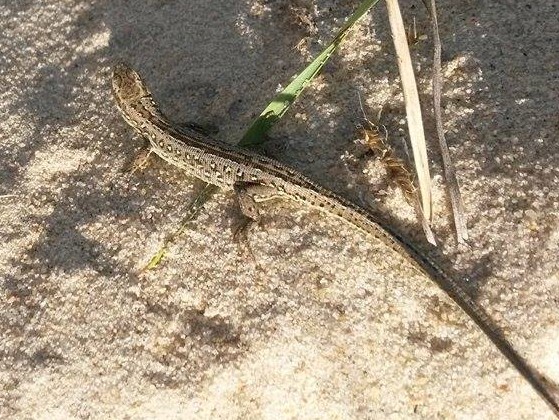The species richness of settlements is mainly concentrated to parks and gardens, where there are also more natural species

Human activities affect most of today’s communities. In Estonia, humans have only refrained from significantly interfering with the development of bogs, other primitive communities are extremely rare. Even some forests that appear to be primeval forests grow on sites that were clear cut areas or fields some centuries ago. The minerotrophic fens have been used as grasslands or pastures and the meadows need constant human influence – mowing. However, these communities are dominated by primitive, natural origins and are considered natural communities [1].
Anthropogenic communities include all agricultural areas, cities and settlements, polders, quarries, military areas, reservoirs, ditches, edges of roads and railways, ruins and wastelands or ruderal communities, landfills, as well as parks and recreational areas.
Settlements
Despite the great human impact, the biota of the settlements is quite diverse. The biggest source of the species richness here is cultivated plants, especially ornamental plants. The species-rich cultivated biota occurs mainly in parks and gardens, where there are also more native wild species (for example, weeds, hedgehogs, squirrels, passerines). Roofs, walls, ruins, and attics are a separate kind of habitat [1].
Quarries and wastelands
A large proportion of the anthropogenic habitats are the communities of quarries, landfills, and wastelands, as well as communities bordering transport facilities. They often mainly consist of alien species – for example, plants grown from seeds that have arrived by the means of transport set the tone in the vegetation. Plants that have started to grow from food waste are common in landfills. A number of foreign weeds can be found along the roads and in the wastelands, which usually disappear after a few years. More foreign weeds are found near grain elevators and mills, as well as in loading ports and railway stations used for transporting grains [1].
Anthropogenic water bodies
Anthropogenic aquatic habitats include a variety of dams, ponds, ditches, which are favourable habitats for many species that live and reproduce in water (such as insects and amphibians). However, as a result of damming, the composition of the reservoir biota changes significantly, and canals promote the spread of alien species.
Last modified: 15.11.2021
___________________________________________
[1] T. Ploompuu. Antropogeensed kooslused.